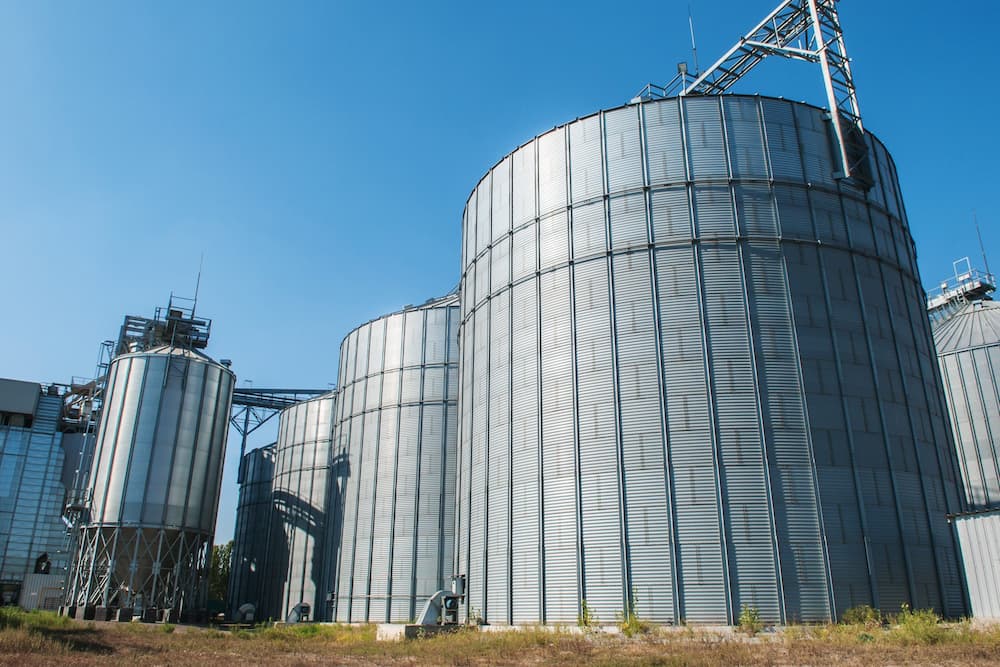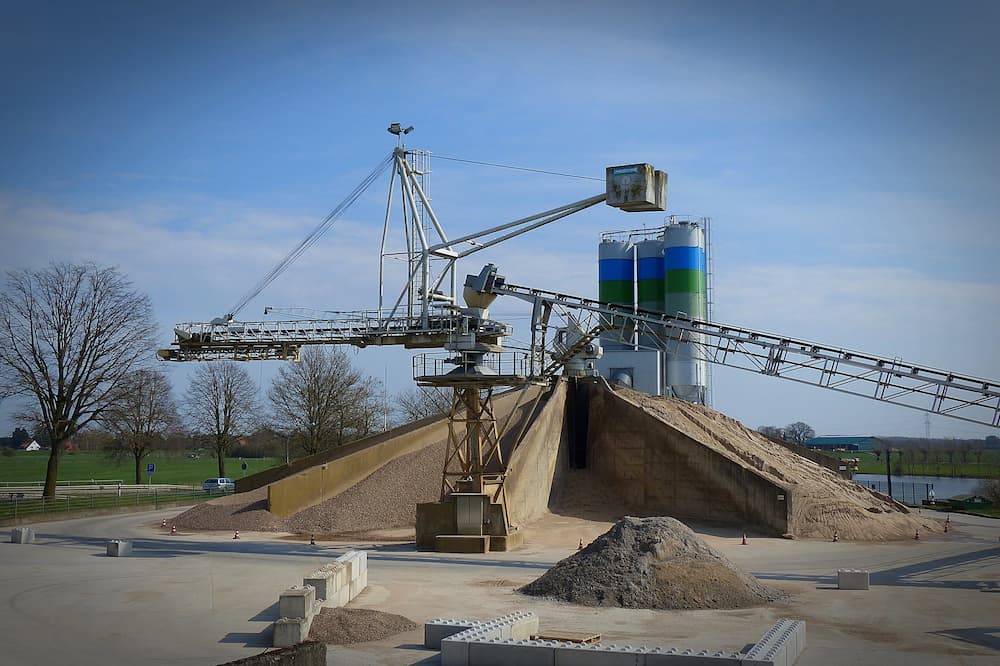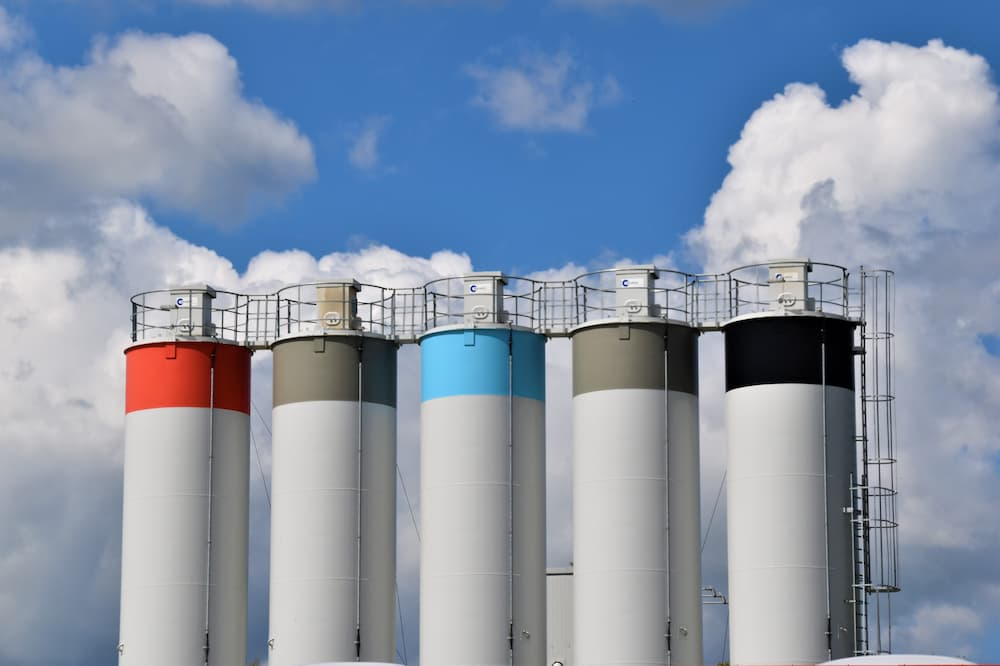3 Different Silo Cleaning Methods
Silos can be as tall as 90ft, and store tonnes and tonnes of bulk material, so it’s never a straight-forward process getting them cleaned efficiently.
The methods of cleaning can change depending on what’s being stored inside it, as contamination, moisture, and clumping can all occur if the silo isn’t cleaned properly - which can lead to material loss.
If you haven’t cleaned your silo in a while, you may notice less material coming out than expected, or blockages may occur which can put a stop to your whole operation.
Cleaning may cause temporary downtime, but it’s a lot better than your whole operation suddenly failing.
Keep reading to find out more about why you need to get your silo regularly cleaned, as well as 3 different silo cleaning methods.
Why Do I Need To Clean My Silo?
Silos need regular cleaning not only for hygiene purposes but for safety and to protect the bulk materials stored.
When bulk materials are stored inside a silo for long periods of time, they can begin to clump and gather around the sides of the silo. Some silos have preventative measures against this such as ribbed interiors, but many don’t.
The materials built up around the side of the silo will need to be knocked off and cleaned off the interior walls - as this won’t be coming out during the emptying process and results in material loss.
If you notice that less material is coming out than expected, then you know it’s time to get your silo cleaned.
The built-up materials inside the silo can also change the pressure, which causes off-centre loading. This can damage your equipment, so it’s best to get it checked on a regular basis.
It’s also a legal requirement to keep your silos maintained to an acceptable standard according to the Confined Space Regulations Act 1997, which also means you should find a qualified and component contractor to ensure this for you.
Silos should be cleaned at least once a year, but more frequently for larger operations. It may be time-saving to get your silo cleaned along with maintenance and servicing, as this will lower any down-time saving you money.
How Do I Clean My Silo?
Flour Silo
Flour silos and other silos containing powders can be difficult to clean, as the materials tend to clump together - especially when wet. When the material is clumped together, it’s a lot more difficult to control and can develop a paste-like consistency.
Rope access tends to be the norm for cleaning flour silos, but this depends on the design. Some have an opening on the roof, or near the roof, as well as the silo floor, which makes for easier access for cleaning and servicing.
It’s highly recommended that the silo cleaning team be trained for cleaning in dangerous conditions and confined spaces, as it can be a dangerous task if not completed correctly.
The cleaning process begins with a dry scrape down of the interior walls and surfaces to remove any clumped flour or materials stuck on the inside. Then, hot water or steam will be blasted at the walls with pressure to ensure any residue is removed.
Once the hot water pressure wash has been completed, the silo walls should then be treated with a food-safe sanitiser.
You should always be careful what products you use on the inside of a silo that stores consumable products, as many products can be dangerous when ingested.
Grain Silo
Silos should always be emptied as much as possible before the cleaning process begins, and a brief inspection should be done to gather knowledge of entry points, safety issues, and the overall structure.
It’s necessary to get silos containing consumable goods cleaned regularly as any residue can attract insects, bugs, and mould, which can contaminate your grains. Insects and bugs can also consume the grain, which will both contaminate and destroy your product.
A common method of cleaning silos for grain is by vacuuming the interior to remove any residual dust.
Once the silo has been vacuumed, you need to check over the floors, flanges and seams have no dirt or dust. If you do notice any dirty areas, use a clean water wipe and rub them down.
It’s important to thoroughly dry the area after cleaning, as damp can lead to mould which will contaminate your grains.
Cement Silo
It can be a lot more difficult to clean a cement silo than a silo for powders and grains as cement can harden around the silo interior. Evaporation and moisture can cause clumping in the silo, which can lead to clogging issues.
Before you start on the inside of the silo, the silo exterior should be rinsed with water to remove dust and dirt. If rinsing doesn’t remove all the dirt, then try cleaning tools and agents for a harsher clean.
Safety should always be considered, so when possible, use equipment that negates the need for human-entry. CO2 blasting is a great way of removing the clumps of cement on the silo interior and exterior and minimises the loss of material.
This method can also help to remove blockages in pipes and storage vessels and reach places that a cleaning team won’t be able to by hand.
Once the silo has been cleaned, it must be dried efficiently. Any damp areas may lead to rusting, which in time can lead to structural failure.
Conclusion
Cleaning your silo is imperative and can prevent blockages and complete system failure. Whether you get your silo cleaned when you get it serviced, or you just do it as and when needed, it’s important for safety and hygiene reasons.
Thanks for reading our post today. Do you have any tips for silo cleaning? Let us know in the comments section!



